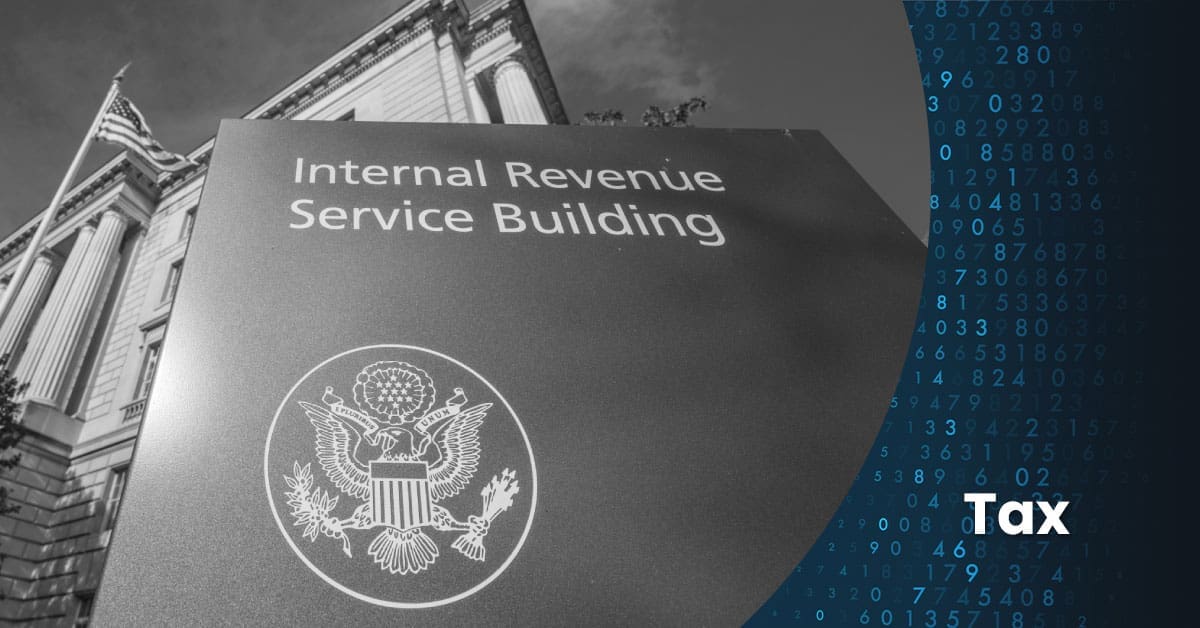Real estate has long been considered a valuable and tangible investment. It offers multiple benefits, including long-term appreciation, steady rental income, and tax advantages. It’s a time-tested asset that has served investors well through shifting markets and economic cycles. However, these benefits come with risks, and navigating real estate investment risks requires a solid strategy.
Whether you’re acquiring your first rental property, managing a portfolio of investments, or guiding corporate real estate decisions as a CFO or business owner, understanding and mitigating real estate investment risks is pivotal for achieving sustainable success.
Identifying Risks in Real Estate Investments
Before investing in real estate, it’s crucial to pinpoint potential risks. Proper risk identification allows for more strategic decision-making and is the foundation of long-term profitability. Here’s a breakdown of common risks you may encounter:
Significant Risks to Watch For
Despite planning, there are risks outside your control that you’ll need to account for, including:
- Fluctuations in interest rates that impact financing costs.
- Economic downturns could lower property values and rental demand.
- Unexpected property repairs or maintenance, as well as exposure to natural disasters.
- Tenant default risks involve non-payment or evictions.
- Liquidity challenges if you need to sell the property unexpectedly.
Market Analysis and Location Matters
The real estate axiom of “location, location, location” remains as relevant as ever. A property’s location heavily influences its long-term profitability. A thorough market analysis can help investors assess whether market demand and growth trends align with their goals. Key metrics to evaluate include:
- Demand and supply dynamics
- Growth trends and local economics
- Zoning regulations and competition
For developers, market analysis helps gauge the feasibility of a project and secure investor or lender approval. For investors, it sheds light on opportunities for rental income, cap rates, and projected return on investment.
Post-acquisition, performing periodic analyses is just as critical. Monitoring rent trends, vacancy rates, and tenant demand can optimize property management and increase profitability in the long run.
Each of these risks has the potential to impact your bottom line. By taking a proactive approach, you can mitigate the impact and keep your investments on solid ground.
Strategies for Mitigating Financial Risks
To remain ahead of potential real estate investment risks, successful investors often take a two-fold approach that balances sound internal planning with support from industry experts. Here’s how to execute and evaluate your real estate investments effectively.
Building a Strong Support Network
Hiring reliable advisors who can guide you through various challenges is critical for managing risk. Together, these experts can enhance every aspect of your investment
- Property Management Professionals: Handle tenant screenings, lease execution, daily maintenance, and tenant support.
- Insurance Brokers: Help source appropriate insurance packages to safeguard against natural disasters, liability, and sudden losses.
- Marketing Specialists: Ensure high occupancy rates by crafting campaigns that reduce vacancies.
- Accountants and Financial Advisors: Offer tax strategies that maximize returns and monitor ongoing financial performance.
- Legal Advisors: Navigate compliance and zoning regulations to mitigate legal risks
Collaborating with experienced professionals alleviates operational burdens and ensures that you’re managing risks systematically.
Evaluating Investment Performance
Consistently reviewing the performance of your property informs better decision-making and safeguards profitability. Focus on these metrics:
- Net Operating Income (NOI): Determines property profitability by calculating revenues minus operating expenses.
- Capitalization Rate (Cap Rate): Measures return on investment relative to market value.
- Loan-to-Value Ratio (LTV): Highlights risk levels related to the proportion of borrowed funds.
- Debt Service Coverage Ratio (DSCR): Assesses whether NOI can sufficiently cover loan payments.
- Occupancy Rates: Indicates property demand; higher occupancy often reflects a desirable, well-managed property.
- Tenant Turnover Rate: Tracks how often leases are vacated; high turnover can signal management issues or tenant dissatisfaction.
Routine evaluations using these metrics help adjust strategies, reduce risks, and improve financial performance.
The Value of Diversification and Due Diligence
Diversifying your real estate portfolio is one of the most effective ways to manage risks. Spreading investments across different asset classes (residential, commercial, and industrial properties) or geographical locations reduces exposure to market downturns.
Similarly, due diligence is non-negotiable. You unlock greater transparency in your investment process by thoroughly inspecting properties, verifying tenant screening, and understanding local regulations.
Real Estate Risk Management is a Strategic Imperative
Navigating the complex world of real estate requires an ongoing commitment to analysis, planning, and professional collaboration. Risk management isn’t just about avoiding problems; it’s about staying ahead of uncertainties so your investments thrive even in challenging market conditions.
You can turn challenges into opportunities by proactively identifying and addressing risks—from legal and financial complexities to tenant turnover and market fluctuations—and leveraging key tools like proper insurance and robust financial metrics.
Want to fortify your strategy and position your portfolio for sustainable growth? Start assembling your team of experts at Wiss today. Managing risks isn’t just prevention; it’s the foundation of enduring success in real estate.





 Previous
Previous






